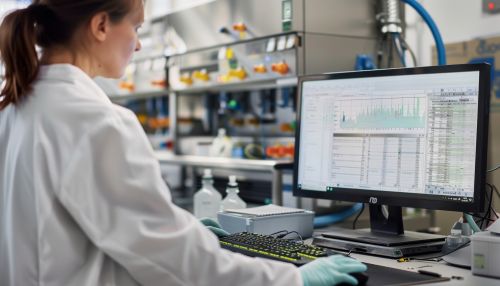Pharmacovigilance
Introduction
Pharmacovigilance (PV) is a scientific discipline that focuses on the detection, assessment, understanding, and prevention of adverse effects or any other drug-related problems. It is a critical aspect of patient safety and is integrated into the drug discovery and development process.


History and Evolution
The concept of pharmacovigilance has been in existence since the inception of medical practice. However, it was only formalized as a scientific discipline in the 20th century, following a series of drug safety crises. The most notable of these was the thalidomide disaster in the 1960s, which led to the establishment of the first national pharmacovigilance system in Sweden.
Principles of Pharmacovigilance
Pharmacovigilance is based on several key principles. These include the proactive collection and analysis of data, the application of epidemiological methods, the use of risk management strategies, and the communication of drug safety information to all stakeholders.
Data Collection and Analysis
The primary source of data in pharmacovigilance is spontaneous reporting systems, where healthcare professionals and patients report suspected adverse drug reactions (ADRs) to regulatory authorities. Other sources include clinical trials, observational studies, and literature reviews.
Risk Management
Risk management in pharmacovigilance involves identifying, characterizing, preventing, or minimizing risks related to medicinal products, including the assessment of the risk-benefit balance.
Communication
Communication in pharmacovigilance is crucial for ensuring that the benefits of a drug outweigh its risks. It involves disseminating drug safety information to healthcare professionals, patients, and the public.
Regulatory Aspects
Pharmacovigilance is regulated by various international and national bodies. The World Health Organization (WHO) plays a key role in global pharmacovigilance through its Programme for International Drug Monitoring.
Challenges and Future Directions
Despite its significant contributions to patient safety, pharmacovigilance faces several challenges. These include under-reporting of ADRs, lack of resources, and the need for harmonization of pharmacovigilance practices across different countries.
